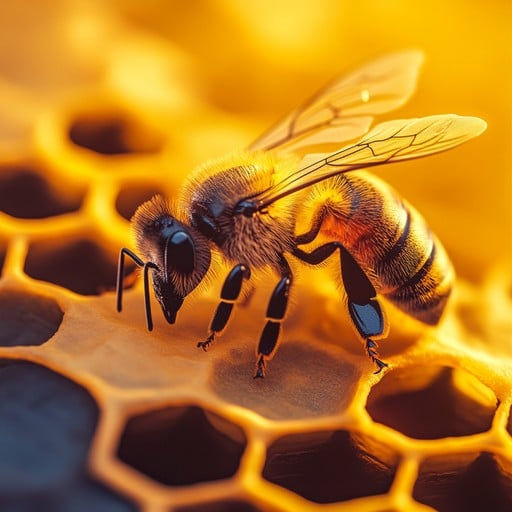Master of scraps, teacher of cycles—watch what a crow can teach us about waste.
- Devaki R Menon
- Sep 11
- 3 min read
If you pause on a street corner and really watch, you’ll notice a crow perched on a wire—head cocked, eye sharp, almost waiting for the world to reveal itself. This isn’t just a bird passing the time. It’s alert. It thinks.
Take their tricks with food. In Japan, researchers in the city of Sendai first noticed in the mid-1990s that crows were cracking walnuts in a way no one expected. A biologist named Yoshiaki Nihei documented how these birds learned to drop nuts onto roads so passing cars would break them open. Over time, the crows refined the method even further: they began placing the nuts at traffic lights, waiting until the signal turned red, and then calmly retrieving their prize while cars idled. Later studies in Hokkaido and other parts of Japan confirmed the same clever routine. What appears to be scavenging is, in truth, a lesson in strategy and resourcefulness.
That inventiveness shows up everywhere in a crow’s life. They soften stale bread by dunking it in water. They weave not just twigs but also wires, bits of fabric, and even plastic scraps into their nests. They collect shiny foil, bottle caps, coins—and pile them like treasures. To a crow, nothing is useless. They don’t separate “waste” from “resource”; they work with whatever is available to survive and thrive.
Nature itself runs on the same principle. In forests, there is no concept of waste. As forester Peter Wohlleben describes in The Hidden Life of Trees, a fallen leaf decays into soil, dead wood shelters insects, and the moisture that trees release cycles back as rain. Every ending is an input for something else.
This is the essence of biomimicry, the practice of learning from nature’s designs. Janine Benyus, who helped shape the field, often sums it up this way: life creates conditions conducive to life. Ecosystems don’t throw things away—they turn by-products into building blocks.
Our systems, unfortunately, don’t work like that. We tend to run in straight lines: make, use, throw. The result is familiar—overflowing landfills, lakes, and rivers choking with plastic, and cities struggling to cope with their own waste.
The crow teaches us a lesson: “Waste has value if you choose to see it.”
Imagine if households, businesses, and municipalities thought more like crows. Packaging could be designed to be repurposed instead of discarded. Food scraps could be cycled into community compost, returning to the soil. Industrial by-products could become raw material for another process instead of a problem to dispose of.

The crow doesn’t avoid waste; it works with it. It scavenges, repurposes, and keeps the loop turning. That scrappy black bird, known as “Ka…Ka” for its distinctive call, perches on a wire, and it isn’t just surviving urban sprawl; it’s modeling how to live smarter.
Every year, the world sees around 4.5 trillion cigarette butts tossed onto streets and parks. A Dutch startup, Crowded Cities, has found an unusual ally in the cleanup: crows.
These clever birds are being trained to spot and pick up cigarette butts, then drop them into a device called a “Crowbar.” The device scans the item to confirm it’s a cigarette, and the crow gets a tasty reward in return. It’s a smart, unexpected partnership—nature helping nature, with a little human guidance. According to a study published in the International Journal of Environmental Research and Public Health, discarded cigarette butts are a form of non-biodegradable litter.
So, the next time you see a crow tugging at a wrapper or dropping a nut under a car, don’t just brush it off as mischief. Watch closely. It’s a masterclass in waste management—and a reminder that resourcefulness has always been part of nature’s design.










Comments